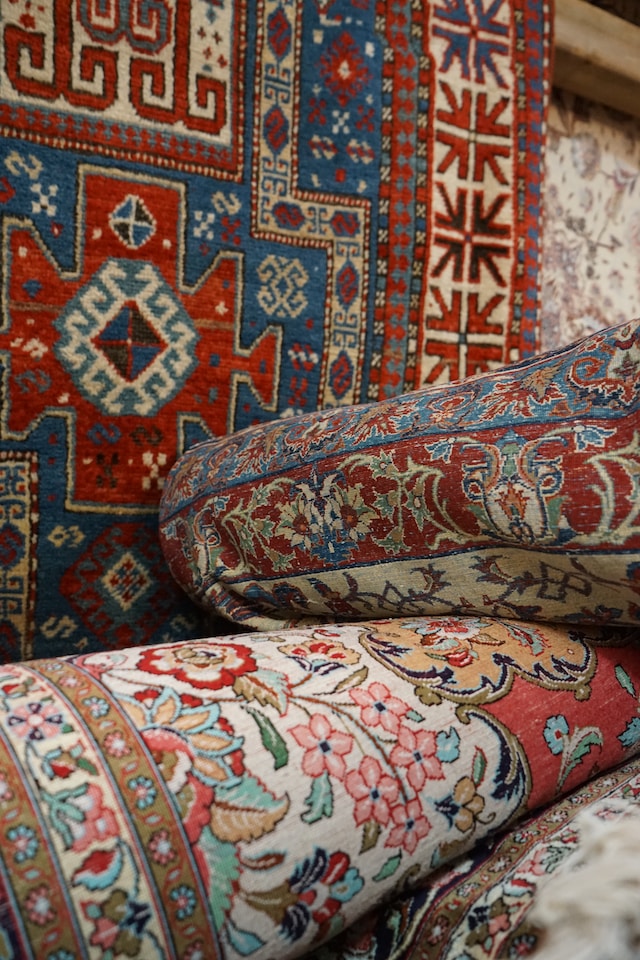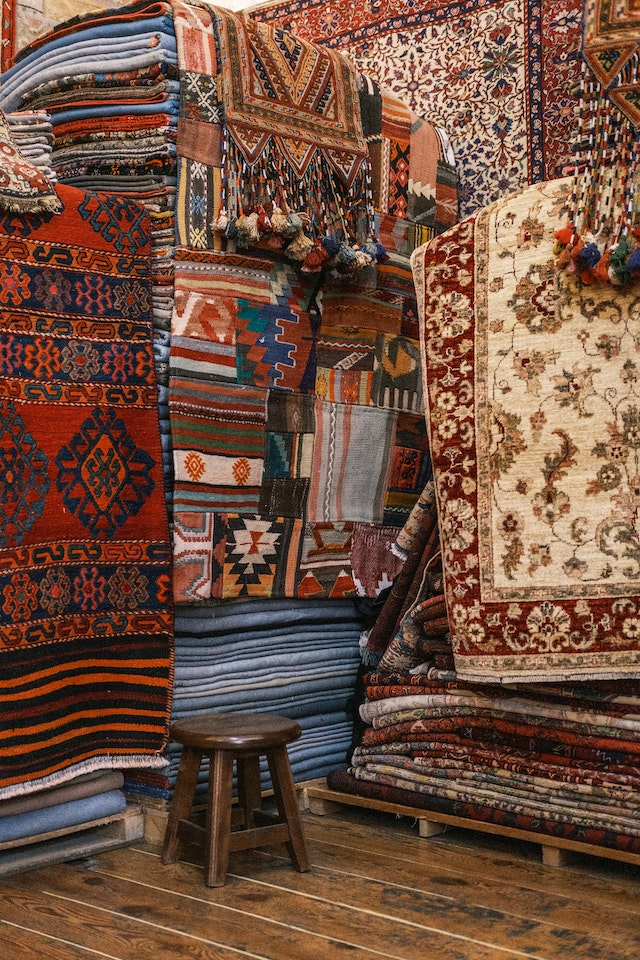native american design rugs green
Significance of the color green in Native American culture and symbolism
The color green holds great significance in Native American culture and symbolism, particularly when it comes to design rugs. Green is often associated with nature, growth, and renewal, making it a fitting choice for many Native American tribes who had deep connections to the land.
In Native American culture, the color green is believed to represent balance and harmony. It is seen as a symbol of life and vitality, reflecting the importance of maintaining a harmonious relationship with the natural world. Many tribes incorporated green into their designs as a way to honor and respect the Earth's bountiful resources.
Native American design rugs often feature intricate patterns and motifs that reflect the tribe's beliefs and traditions. The use of green in these rugs can be seen as an homage to the lush landscapes that were integral to their way of life. Whether depicting plants, animals, or geometric shapes inspired by nature, green was frequently used as a dominant color to capture the essence of their surroundings.
Furthermore, green also played a role in spiritual ceremonies and rituals among Native American tribes. It was believed that wearing or surrounding oneself with green would bring healing energy and promote physical well-being. This belief further emphasizes the significance of this color within their culture.
It is important to note that while green held great meaning for many Native American tribes, its usage varied among different groups. Some tribes may have placed more emphasis on other colors or had different interpretations of what each color represented within their cultural context.
In summary, the color green has profound symbolism in Native American culture and plays a significant role in their design rugs. Its association with nature, growth, balance, and spirituality makes it an essential element in capturing the essence of their tribal traditions.
native american design rugs green
what does native american mean on 23andme



